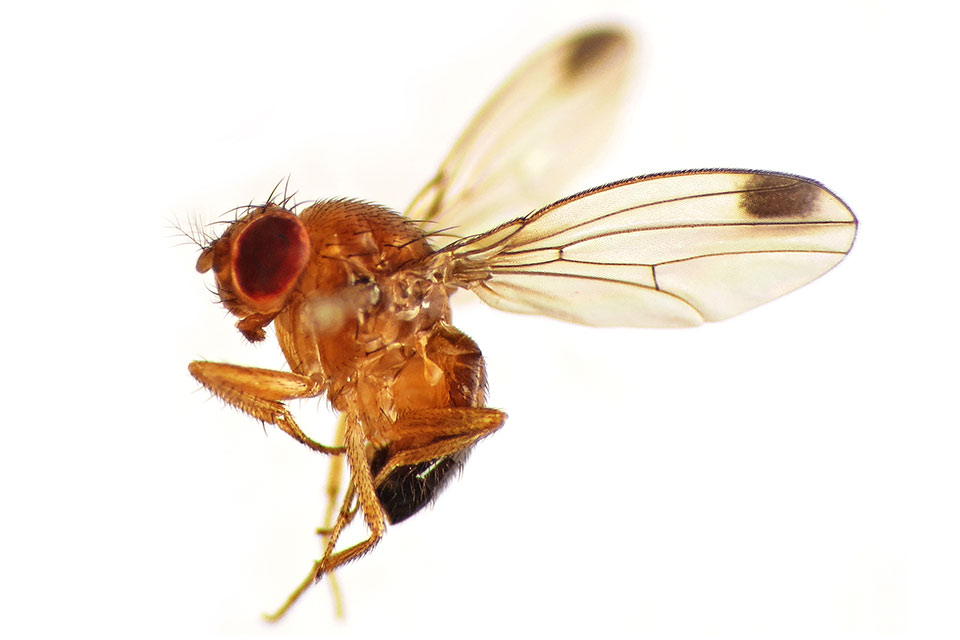California Grape Rootstock Commission Fuels 5 New Research Projects
The California Grape Rootstock Improvement Commission (CGRIC) has approved funding for five new research projects to enhance and support the California viticulture and grape nursery industry.
The projects to be funded include:
- “Evaluating Alternative Nursery Practices to Reduce Graft Union Failure” (Akif Eskalen)
- “Field Evaluation of Drought Tolerant Rootstocks Using Stable Isotopes” (Alec Levin)
- “Impact of Stress on Grafted Rootstocks Infected with Trunk Pathogens” (Philippe Rolshausen)
- “Testing the Ability of Novel Grapevine-isolated Californian Trichoderma Strains to Protect Grafting Materials to Prevent Graft Rejection” (Christopher Wallis)
- “Evaluation of Seven Rootstocks Under Drought and Saline Conditions for Eleven Wine and Raisin Varieties in the Southern San Joaquin Valley” (George Zhuang)
“Without a doubt, through the Commission we have been able to cooperatively fund research that is essential to the prosperity of all segments of the California grape and wine industries,” says CGRIC Board Chairman Chris Lindelof. “It is vital that we support and promote the efforts of our researchers to provide the industry with the tools it needs to grow and maintain their businesses and reputation.”
Since its inception, the Commission has supported a broad array of cutting-edge rootstock research projects and has contributed approximately $7.5 million to fund 133 projects.
The organization has made possible a number of grape rootstock breeding advances and the release of several new rootstocks. A few other noteworthy CGRIC activities include:
- Protecting the Premier U.S. Grape Collection in a Foundation Greenhouse.
- Improving grapevine resilience through rootstock breeding for salt and drought tolerance.
- The development and implementation of a rapid, non-destructive method to screen salt tolerance in rootstock germplasm.
- The development of a robotic platform to evaluate stress responses in rootstock germplasm.
- The maintenance of Vitis germplasm collected over the southwestern U.S. with excellent potential for developing salt and drought-tolerant rootstocks.
- The study of root architecture through the combination of AI-powered computer vision and automation, and its role in drought tolerance.
For more information, visit graperootstock.org.









